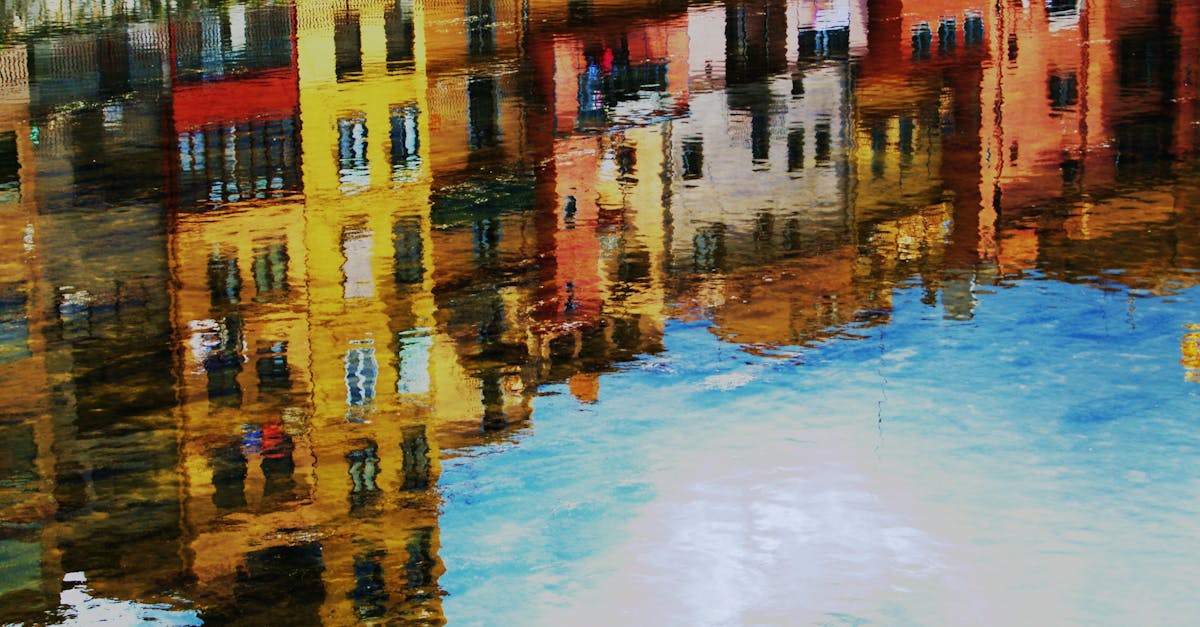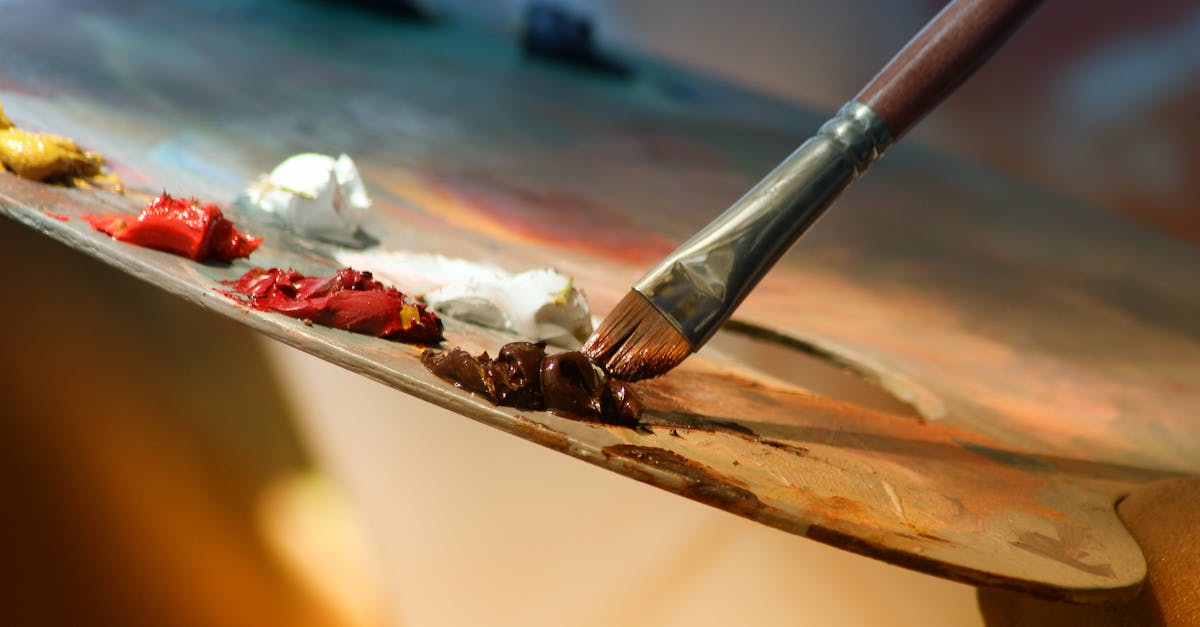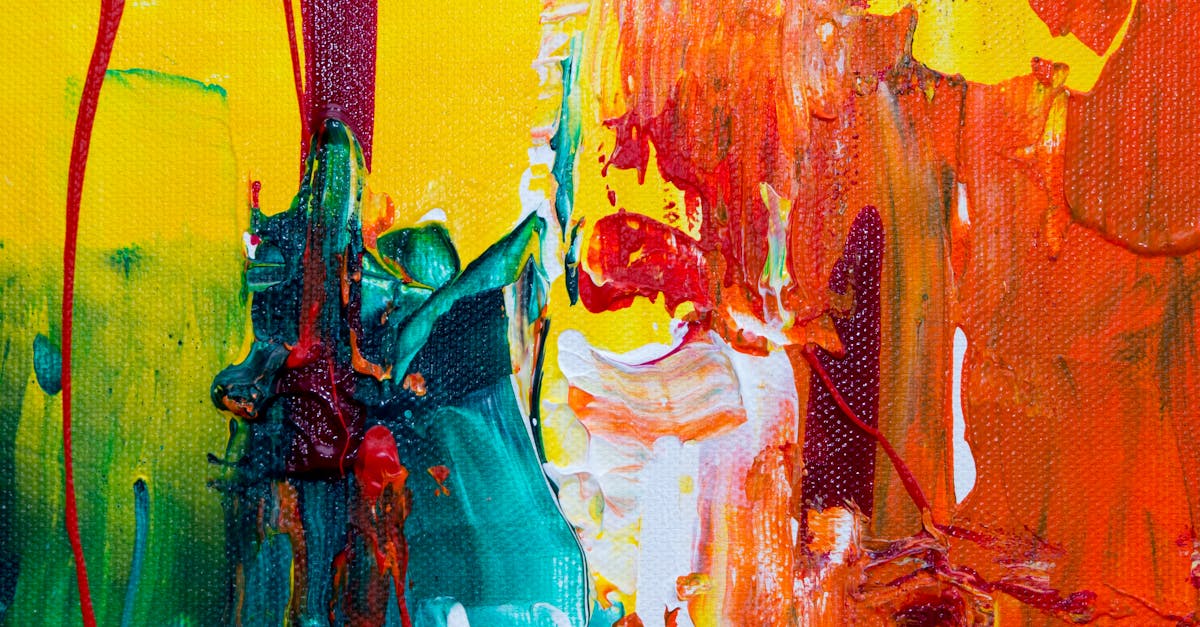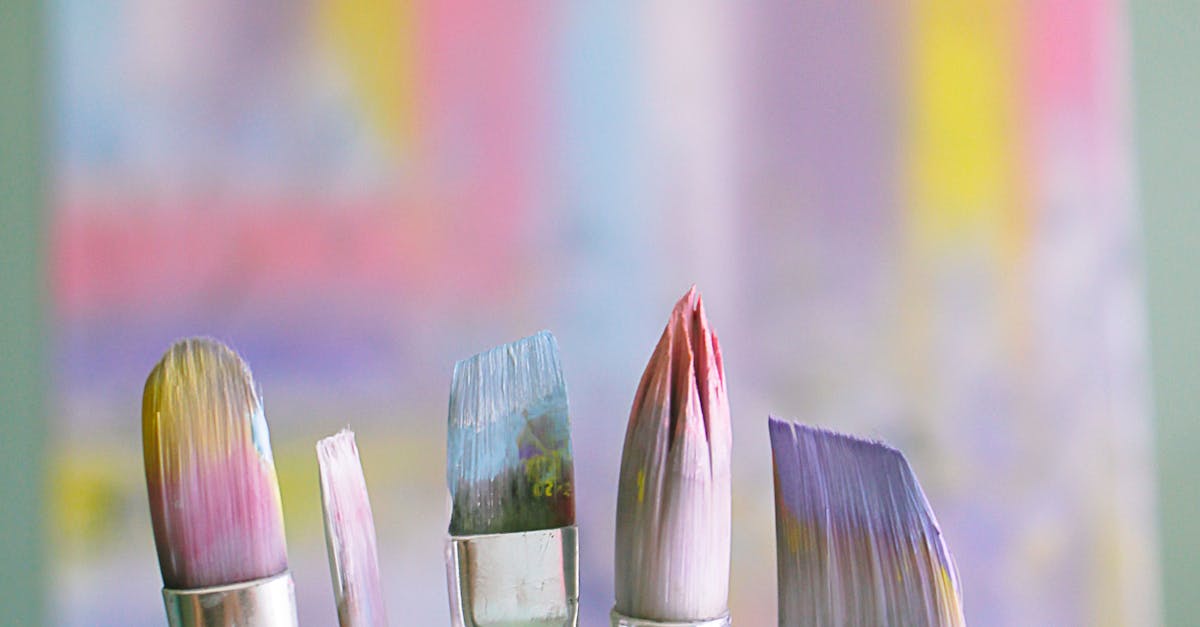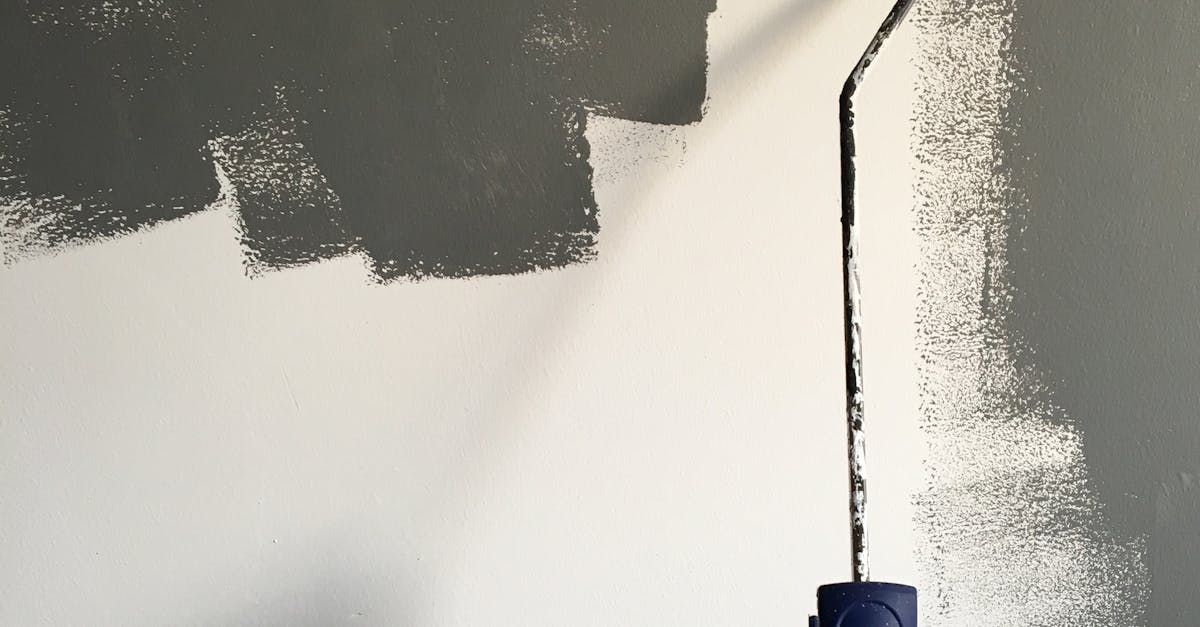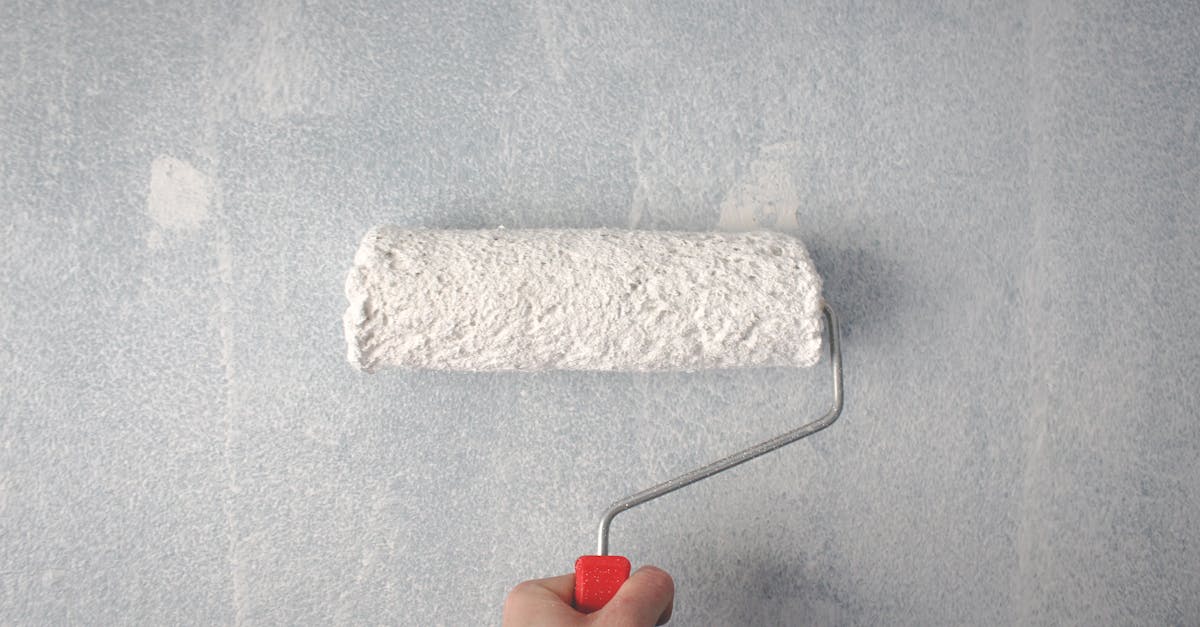
Taping and Mudding the Seams
Covering the seams between drywall panels with joint tape and joint compound, a process known as taping and mudding, is essential for achieving a seamless finish in drywall repair projects. Berkshire Drywall Repair recommends using self-adhesive fiberglass mesh tape for its superior strength and ease of application. To begin, cut the tape to size and press it into the wet joint compound, ensuring it lies flat and adheres well.
After applying the tape, the next step is to cover it with multiple layers of joint compound, commonly referred to as mud. Berkshire Drywall Repair advises starting with a thin layer of mud using a taping knife, gradually building up the thickness in subsequent coats. Each layer should extend slightly wider than the previous one to feather the edges for a smooth transition. Upon completion of the mudding process, allow sufficient drying time between coats to achieve a sturdy and flawlessly blended surface.
Proper techniques for taping and mudding the drywall joints
To achieve a professional finish when repairing drywall, proper techniques for taping and mudding the joints are crucial. When working on a drywall repair project, it is essential to start by ensuring that the damaged area is clean and free of any loose debris. Begin by using a utility knife to carefully cut away any loose paper or frayed edges around the damaged section. For residents in Slough, Berkshire, seeking assistance with their drywall repairs, precision and attention to detail are key elements of the process at Slough, Berkshire Drywall Repair.
Next, apply a thin layer of joint compound over the repair area using a taping knife. Place the joint tape over the wet compound and carefully smooth it out with the knife to remove any air bubbles. Once the tape is in place, apply another thin layer of compound over the top, feathering the edges to blend it seamlessly with the surrounding wall. Allow each layer to dry completely before sanding lightly between applications. At Slough, Berkshire Drywall Repair, the skilled craftsmen take pride in their expertise in taping and mudding techniques, ensuring a flawless finish for every drywall repair project.
Sanding and Smoothing
Once the joint compound has dried completely, it is time to move on to the sanding and smoothing stage of the repair process. Use a fine-grit sandpaper to gently sand down any uneven areas, smoothing out the surface of the drywall. Be sure to wear a dust mask to protect yourself from inhaling any particles that may be released during the sanding process. Remember that patience is key when sanding – take your time to achieve a perfectly smooth finish.
Slough, Berkshire Drywall Repair experts recommend using a sanding block or sanding pole to ensure even pressure across the surface. Work in a circular motion, paying attention to the areas around the seams and joints to blend them seamlessly with the rest of the wall. Once the surface feels smooth to the touch and all imperfections have been buffed out, wipe down the area with a damp cloth to remove any dust residue before moving on to priming the repaired area.
How to achieve a smooth surface for painting
To achieve a smooth surface for painting, meticulous attention to detail is imperative. Begin by ensuring that the repaired area from the Slough, Berkshire Drywall Repair is fully dry before continuing to the next step. With a fine-grit sandpaper, gently sand the patched area in a circular motion to create a seamless transition between the patch and the existing wall. Be cautious not to sand excessively, as this may lead to uneven surfaces.
After sanding, inspect the patched area closely under good lighting to identify any imperfections. Use a damp cloth to wipe away any dust or debris resulting from the sanding process. Apply a thin layer of joint compound over the patched area with a trowel, ensuring that it extends slightly beyond the patch’s edges. Smooth out the compound carefully to create a flush finish with the existing wall. Allow the compound to dry completely before lightly sanding the area once more to achieve a flawless, paint-ready surface.
Priming the Repaired Area
Priming the repaired area is a crucial step in the process of restoring drywall to its former glory. After the taping and mudding have been completed by the professionals at Berkshire Drywall Repair, applying primer is essential for enhancing the adhesion of the paint to the surface. This step ensures an even finish and helps the paint to last longer without chipping or peeling.
When priming the repaired area, it’s important to choose a high-quality primer that is suitable for drywall. The primer will not only help to cover up any imperfections in the repaired section but also create a smooth and uniform surface for painting. By working with experts like Berkshire Drywall Repair and following their recommendations for the choice of primer and application technique, you can achieve professional-looking results that will leave your walls looking as good as new.
Applying primer for better paint adhesion
Applying primer is a crucial step in the process of repairing drywall, as it prepares the surface for the final coat of paint. By using primer, you ensure better adhesion of the paint and a more uniform finish. Berkshire Drywall Repair recommends applying a coat of primer over the repaired area to seal the fresh drywall mud and provide a consistent base for the paint to adhere to. This not only improves the aesthetics of the repair but also helps prevent future damage or peeling.
Priming the repaired area is essential for achieving a professional-looking finish. By using primer, you create a barrier between the drywall mud and the paint, ensuring that the paint dries evenly and resists flaking or peeling over time. Berkshire Drywall Repair emphasizes the importance of allowing the primer to fully dry before applying the final coat of paint to guarantee a smooth and durable finish. Remember, investing time in priming the repaired area will result in a long-lasting and visually pleasing outcome.
FAQS
Can I repair drywall without using tape and joint compound?
It is recommended to use tape and joint compound for repairing drywall as they provide a strong and seamless finish.
How can I achieve a smooth surface on the repaired drywall for painting?
To achieve a smooth surface on the repaired drywall for painting, make sure to sand and smooth the area properly after applying the joint compound.
Is it necessary to apply primer after repairing the drywall?
Yes, it is important to apply primer after repairing the drywall as it helps in better adhesion of the paint and ensures a uniform finish.
Can I skip sanding the drywall before priming the repaired area?
It is not recommended to skip sanding the drywall before priming the repaired area as it helps in achieving a smooth surface and ensures better adhesion of the primer and paint.
How long should I wait before painting the repaired drywall after priming?
It is advisable to wait for the recommended drying time mentioned on the primer label before painting the repaired drywall to ensure proper adhesion and finish.
